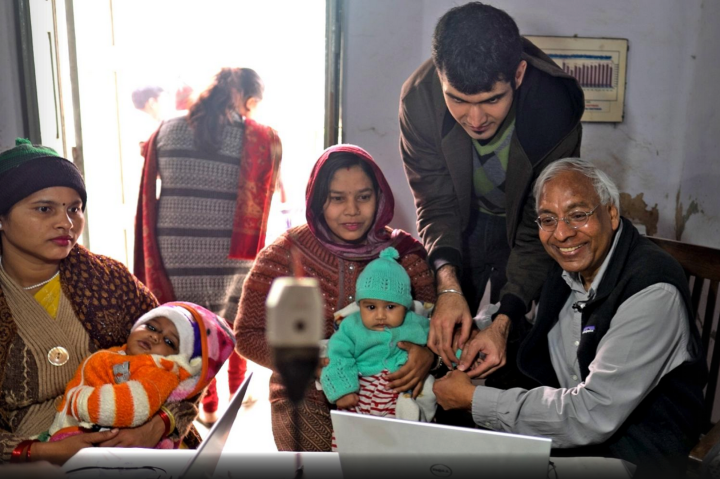
Sure, babies are unlikely to want to use the iPhone’s Touch ID sensor to buy things with Apple Pay, or to be suspects in a criminal investigation, but there are plenty of reasons why having the technology to fingerprint them may be useful — such as keeping track of vaccinations or conclusively proving identities.

This is where Professor Anil Jain — an expert in biometrics from the Department of Computer Science & Engineering at Michigan State University — comes in. Working with a team of researchers, Professor Jain has developed a “proof of concept” machine learning algorithm which may help solve the problem of infant biometrics.
Jain’s machine learning algorithm is based on fingerprint image enhancement, as well as complex feature extraction; ultimately allowing the computer to establishing the level of similarity between different sets of fingerprints. In all, the technology marks a big breakthrough — particularly useful in developing countries where infants sometimes lack other means of identification, such as ID cards and birth certificates.
“We are extremely encouraged by the results of our proof of concept,” Professor Anil Jain tells Digital Trends. “We are now assisting the World Food Program and the Aadhaar National ID program in India to conduct similar proof of concepts. In terms of our continued research on this topic, we are developing more robust feature extractor and similarity computation for newborn-to-6-month old children. We would also like to extend the longitudinal study to track children from birth-to-2 years old. This age range is the most critical for child health and welfare.”
While Jain acknowledges that the technology for fingerprint capture and algorithms for matching needs to be further improved before deployment in hospitals can be considered, this is still another amazing example of the power of machine learning.


